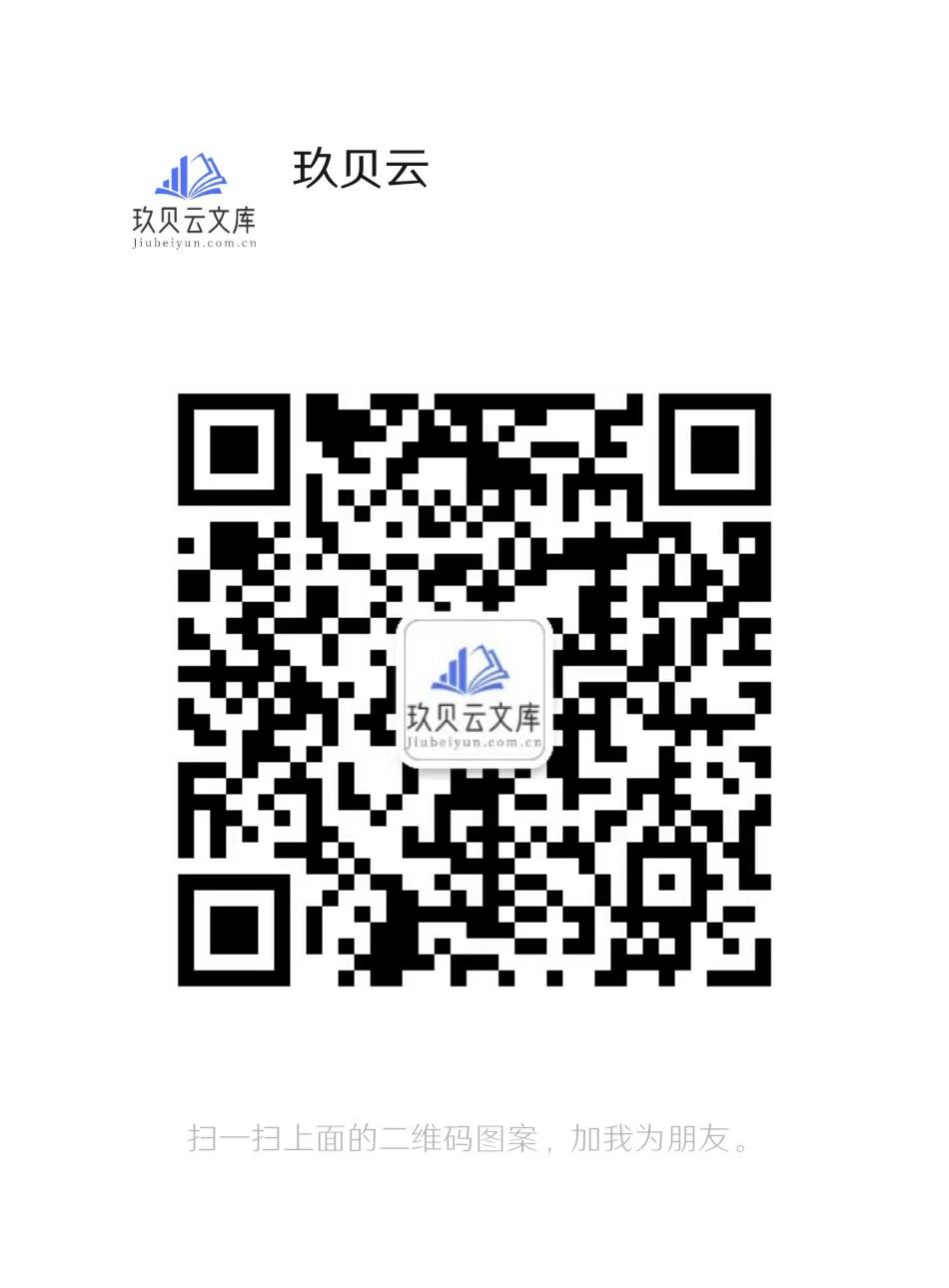arXiv:2210.00723v2 [eess.SY] 1 May 2023
1
Data-Driven Convex Approach to Off-road
Navigation via Linear Transfer Operators
Joseph Moyalan, Yongxin Chen and Umesh Vaidya
Abstract—We consider the problem of optimal control design
for navigation on off-road terrain. We use a traversability
measure to characterize the difficulty of navigation on off-road
terrain. The traversability measure captures terrain properties
essential for navigation, such as elevation maps, roughness,
slope, and texture. The terrain with the presence or absence of
obstacles becomes a particular case of the proposed traversability
measure. We provide a convex formulation to the off-road
navigation problem by lifting the problem to the density space
using the linear Perron-Frobenius (P-F) operator. The convex
formulation leads to an infinite-dimensional optimal navigation
problem for control synthesis. We construct the finite-dimensional
approximation of the optimization problem using data. We use a
computational framework based on the data-driven approxima-
tion of the Koopman operator. This makes the proposed approach
data-driven and applicable to cases where an explicit system
model is unavailable. Finally, we apply the proposed navigation
framework with single integrator dynamics and Dubin’s car
model.
Index Terms—Motion and Path Planning, Optimization and
Optimal Control, Model Learning for Control
I. INTRODUCTION
NAVIGATION problem is one of the most critical research
fields in the robotics community. More recently, the
problem of off-road navigation, driven by robotics applications
in an unstructured environment, has received much atten-
tion. The objective is to drive a robot/vehicle from some
initial set to the desired target set through a terrain where
traversability varies continuously over the entire domain of
interest. This is in contrast to navigation in the presence
of obstacles where the regions with obstacles are prohibited
and hence not traversable. There is extensive literature on
navigation in the presence of obstacles. Navigation function
and potential function are used for navigation in the presence
of obstacles [1]–[4]. While the potential function could have
local minima preventing the navigation from initial set to the
target, the navigation function is hard to find. The control
barrier functions (CBFs) are also used for navigation with
safety constraints [5]. CBFs combine ideas from the control
Lyapunov function and barrier certificates for invariance to
ensure safety. However, finding CBFs suffer from the same
challenges as finding control Lyapunov function and cannot
be easily adapted for navigation in off-road terrain where the
definition of safety itself is nebulous.
Financial support from NSF under grants 1942523, 2008513, 2031573 and
NSF CPS award 1932458 is greatly acknowledged. J. Moyalan and U. Vaidya
are with the Department of Mechanical Engineering, Clemson University,
Clemson, SC; {jmoyala,uvaidya}@clemson.edu. Y. Chen is with the School
of Aerospace Engineering, Georgia Institute of Technology, Atlanta, GA;
{yongchen}@gatech.edu
The problem of off-road navigation has attracted more
interest recently. In [6], perception is used to determine the
terrain traversability and local control strategy for navigation.
Most of the current literature on this topic has been using
sensor data from LIDAR, cameras, and GPS/IMUs to map
the off-road terrain to generate a traversability map [7]–
[10]. An existing algorithm such as A⋆is used to design
traversable paths in the off-road environment. However, due to
the nonconvex nature of the traversability map and hence the
cost, the problem becomes nonconvex and, therefore, difficult
to solve with no guarantee of global optimality.
One of this paper’s main contributions is providing a convex
formulation to the off-road navigation problem. The convex
formulation is made possible by transforming the problem in
the dual space of densities. The formulation of optimal control
problem in the dual space of densities is proposed in [11],
[12], and its extension to navigation problem in the presence
of deterministic and stochastic obstacles is studied in [13]–
[15]. This paper focuses on the off-road navigation problem
for a given traversability map. The terrain traversability map
includes information about the difficulty level in navigating.
The terrain’s traversability measure depends on terrain param-
eters such as elevation map, roughness, slope, and texture.
Therefore, we have utilized the normalized elevation map
while constructing the traversability measure.
The convex formulation leads to an infinite-dimensional
convex optimization problem for the off-road navigation prob-
lem. First, we use data to construct the finite-dimensional
approximation of the infinite-dimensional convex problem.
Then, we use a computational framework based on the data-
driven approximation of linear Koopman and Perron-Frobenius
(P-F) operators for the finite-dimensional approximation of
the infinite-dimensional convex optimization problem. The
second main contribution is providing a numerically efficient
computational algorithm for the data-driven approximation
of the P-F operator, preserving some natural properties of
this operator. Finally, we demonstrate the application of the
developed framework for off-road navigation of vehicle dy-
namics with the Dubin car model. We also compare the results
obtained using our proposed approach with the existing A⋆
algorithm. The study’s main finding is that the traversability
cost associated with A⋆is more than one computed using our
proposed approach.
The rest of the paper is structured as follows. Section II
consists of problem formulation, and we discuss the main
results in Section III. Then, in Section IV, we develop the
computational framework based on the linear operator frame-
work. Finally, we present the simulation results in Section V,
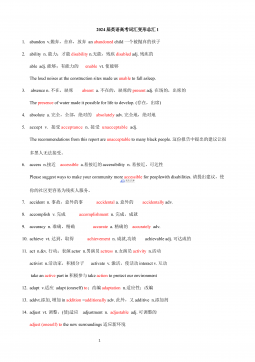
 2024-12-06 4
2024-12-06 4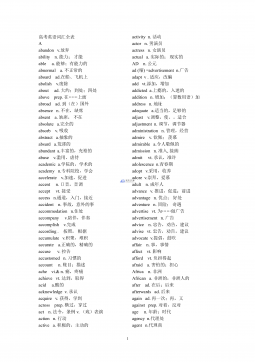
 2024-12-06 11
2024-12-06 11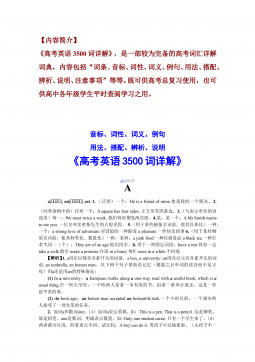
 2024-12-06 29
2024-12-06 29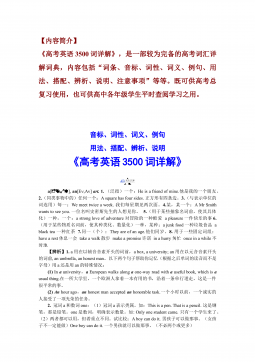
 2024-12-06 26
2024-12-06 26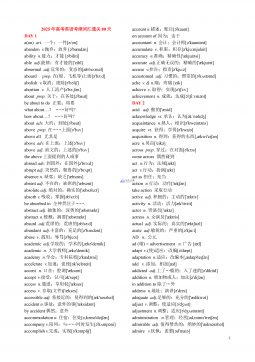
 2024-12-06 29
2024-12-06 29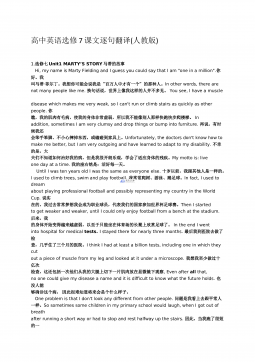
 2024-12-06 11
2024-12-06 11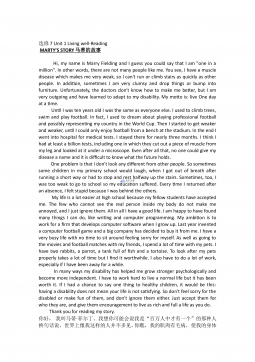
 2024-12-06 35
2024-12-06 35
 2024-12-06 12
2024-12-06 12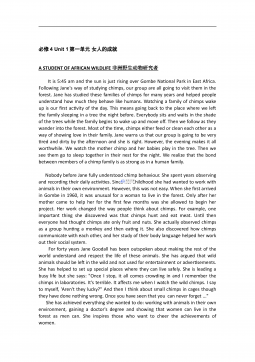
 2024-12-06 39
2024-12-06 39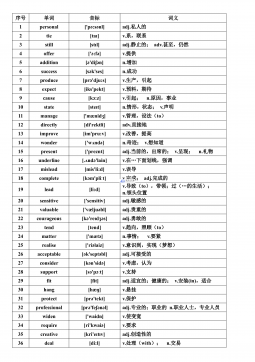
 2024-12-06 27
2024-12-06 27






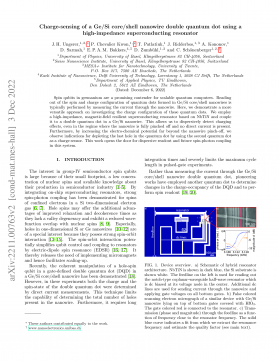
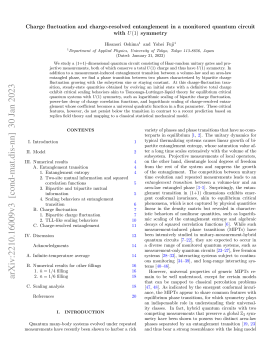
 渝公网安备50010702506394
渝公网安备50010702506394